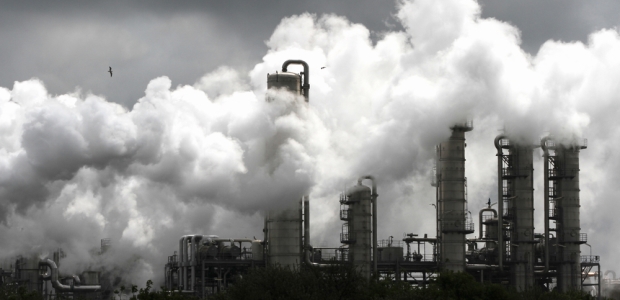
WHO Releases Country Estimates on Air Pollution Exposures
The new WHO air quality model confirms that 92 percent of the world’s population lives in places where air quality levels exceed WHO limits.
A new World Health Organization (WHO) air quality model confirmed that 92 percent of the world's population lives in places where air quality levels exceed WHO limits, and it represents the most detailed ambient air pollution-related health data, by country, ever reported by WHO. The model is based on data derived from satellite measurements, air transport models, and ground station monitors for more than 3,000 rural and urban locations and was developed by WHO in collaboration with the University of Bath, United Kingdom.
"The new WHO model shows countries where the air pollution danger spots are, and provides a baseline for monitoring progress in combatting it," said Dr. Flavia Bustreo, assistant director general at WHO.
About 3 million deaths per year are linked to exposure to outdoor air pollution, WHO reports, adding that indoor air pollution can also be deadly and that, in 2012, an estimated 6.5 million deaths were associated with indoor and outdoor air pollution. Nearly 90 percent of air-pollution-related deaths occur in low- and middle-income countries and result from noncommunicable diseases – cardiovascular diseases, stroke, chronic obstructive pulmonary disease, and lung cancer.
"Air pollution continues take a toll on the health of the most vulnerable populations – women, children, and the older adults," Bustreo said. "For people to be healthy, they must breathe clean air from their first breath to their last."
The model has calibrated data from satellite and ground stations to maximize reliability. "This new model is a big step forward towards even more confident estimates of the huge global burden of more than 6 million deaths – 1 in 9 of total global deaths – from exposure to indoor and outdoor air pollution," said Dr. Maria Neira, director of WHO's Department of Public Health, Environmental and Social Determinants of Health. "More and more cities are monitoring air pollution now, satellite data is more comprehensive, and we are getting better at refining the related health estimates."
The maps provide information on population-weighted exposure to particulate matter of an aerodynamic diameter of less than 2.5 micrometers (PM2.5) for all countries and includes data on monitoring stations for PM10 and PM2.5 values for about 3,000 cities and towns. "Fast action to tackle air pollution can’t come soon enough," Neira said. "Solutions exist with sustainable transport in cities, solid waste management, access to clean household fuels and cook-stoves, as well as renewable energies and industrial emissions reductions."
This fall, WHO is rolling out BreatheLife, a global communications campaign to increase public awareness of air pollution as a major health and climate risk. BreatheLife is led by WHO in partnership with the United Nations Environment Programme-hosted Climate and Clean Air Coalition to Reduce Short-lived Climate Pollutants.